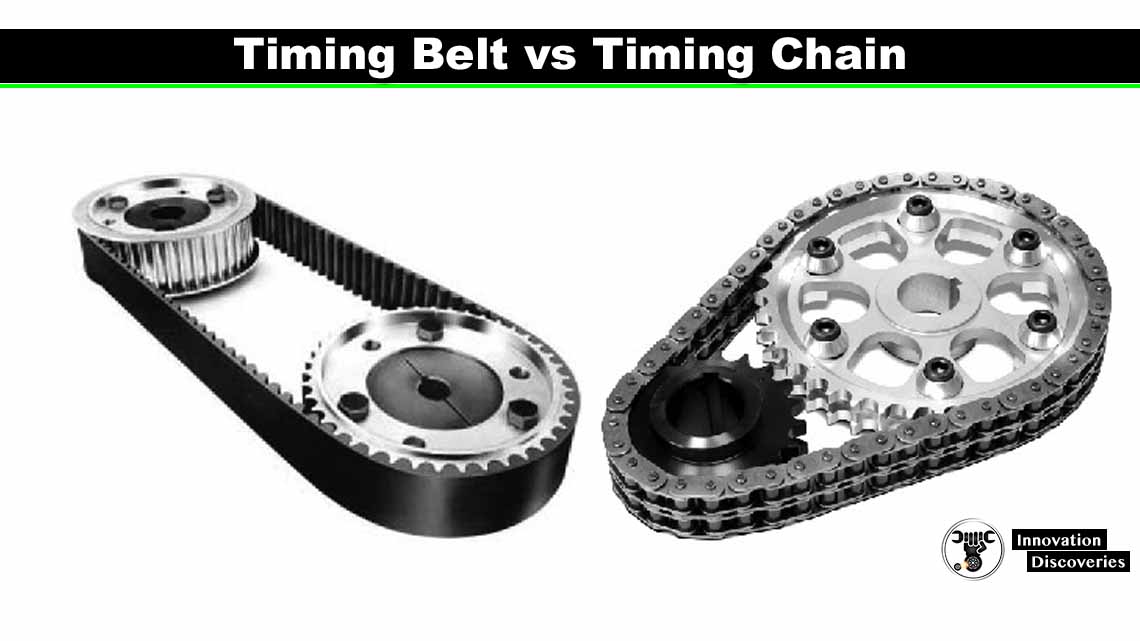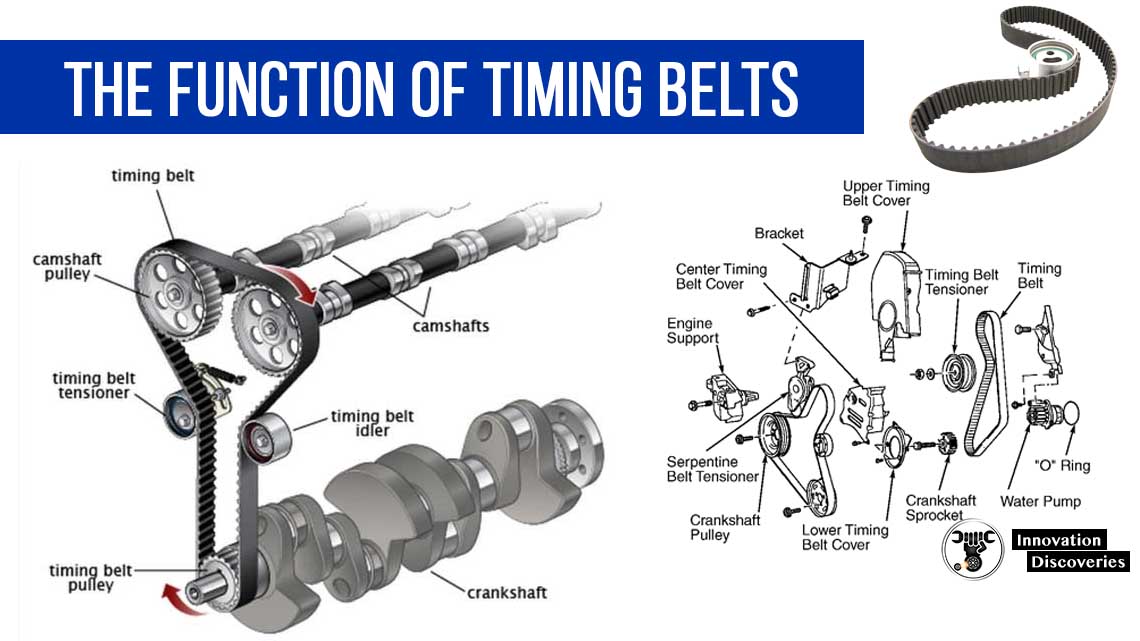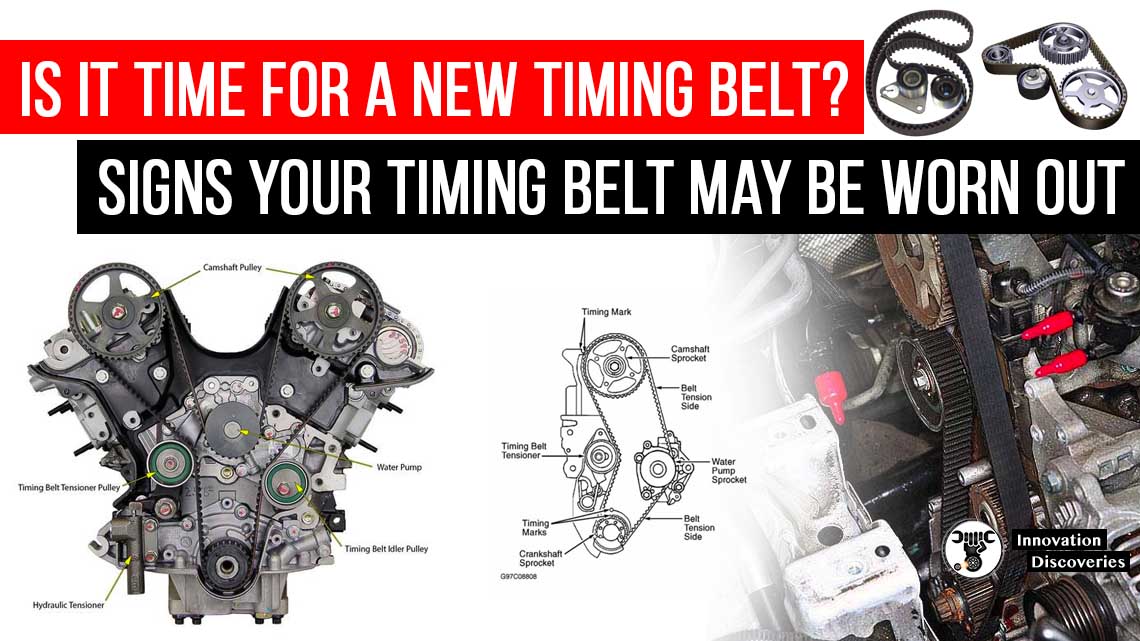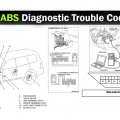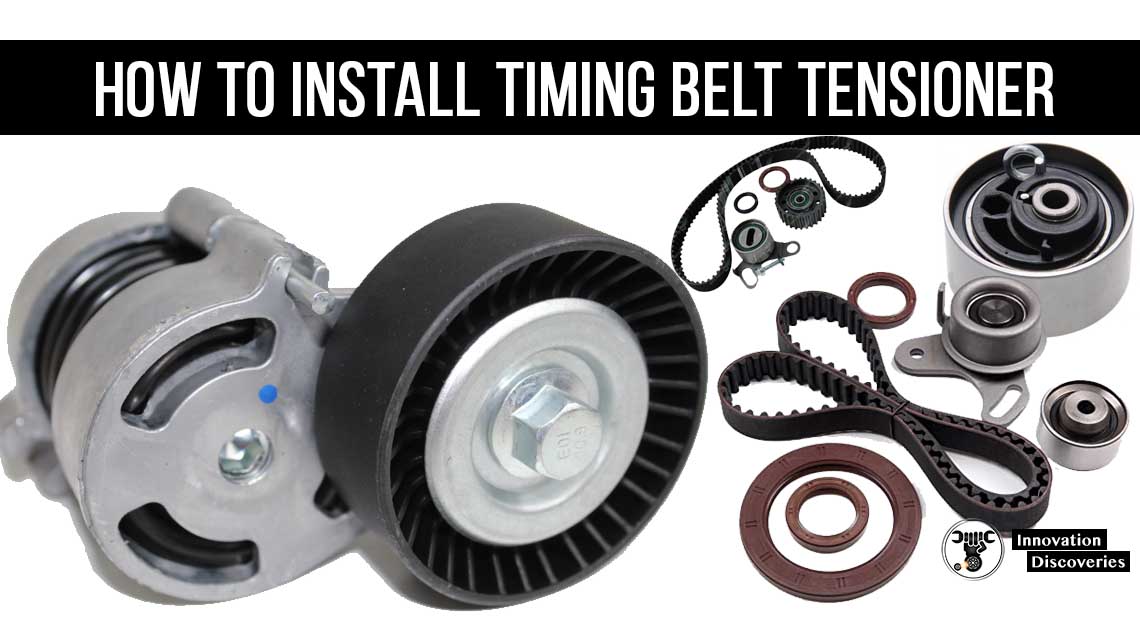
The lifespan and integrity of your motor vehicle can be drastically improved if you are active in monitoring and maintaining the engine and all of its integral mechanics.
One of the biggest issues when it comes to the engine is the timing belt tensioner.
This part is responsible for applying pressure to the timing belt, keeping it firmly in place and running smoothly.
When something goes wrong, it is often the tensioner that is faulty and not the actual belt itself.
Today’s vehicles are highly sophisticated and extremely intricate, their engines operate under higher temperatures and the engine parts are getting smaller and more intricate as technology and innovation evolve.
Engines today are placed under harsher conditions than ever before, to perform at a level that is constantly pushing the boundaries of their capabilities.
This innovation further reiterates the fact that vehicle maintenance is extremely important to a long and healthy driving life.
To avoid premature engine failures, you should always opt for OEM timing belt tensioners.
This ensures the quality and durability of such a part.
In saying this, there are several questions you need to ask yourself before replacing the timing belt tensioner.
- Is the timing belt broken or is this just a general maintenance procedure?
- If the belt happens to be malfunctioning or broken, is the engine still operational and running?
- Has a belt been installed before on this particular engine?
- Do you have instructions on how to install the tensioner, and do you have the required specs to ensure the correct part is suitable for your engine type?
- Do you have the necessary tools for such an installation?
IS IT TIME FOR A NEW TIMING BELT? SIGNS YOUR TIMING BELT MAY BE WORN OUT
Apart from the above questions, there are also a few symptoms that could aid the driver in determining if there is an issue with your timing belt tensioner:
- Check the engine light – if the tensioner is malfunctioning, the belt won’t be tight and this will cause issues with the engine, resulting in an engine light on your dashboard.
- Although an engine light could mean a wide array of issues, it is always a good place to start.
- Knocking sounds – if the belt is loose, it will be knocking against the timing belt cover causing sounds that can be heard by the driver.
- It is always good practice to be tentative when driving and weary of any sounds that seem out of the ordinary.
- Engine fails to turn on or misfires – A loose belt causes the crankshaft and camshaft to not be synchronized causing major engine malfunctions and ultimately inability to operate.
Now that you can identify that the tensioner is not functioning correctly, the next step would be to replace the timing belt tensioner.
Here is the “how to install timing belt tensioner”:
Read More:
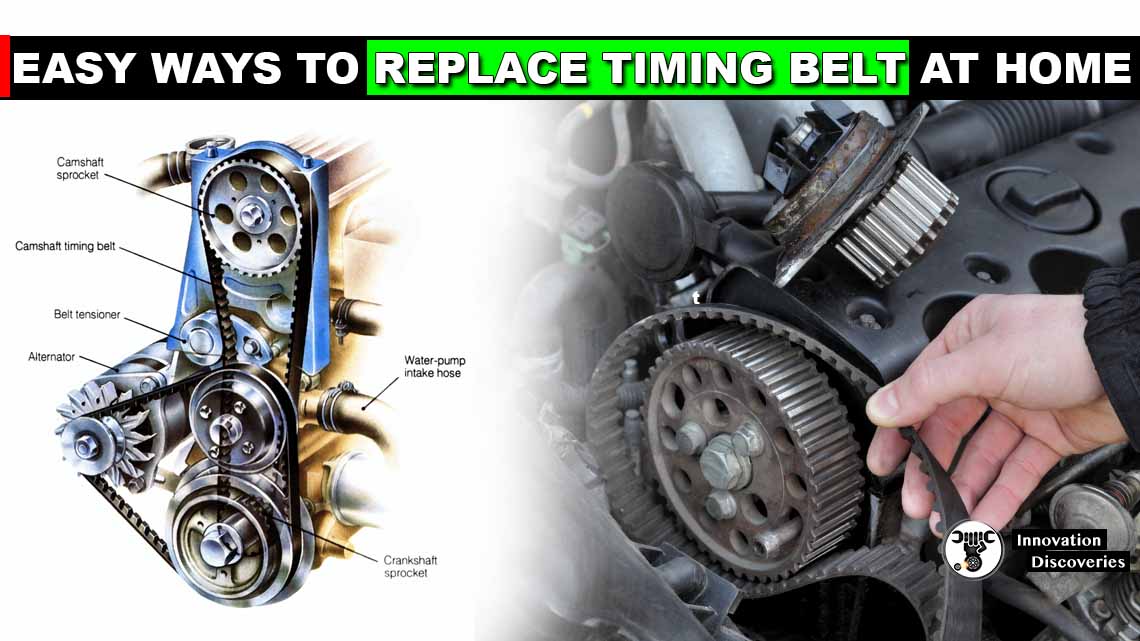
1: Disconnect the negative battery cable. This ensures no live connections are active when you are performing the repair.
A tip would be to store all radio frequencies before disconnecting, to allow you to quickly reset your radio to its original settings.
2: Remove the alternator belt. Depending on the year and model of your vehicle, you may have to remove the serpentine belt to get access to the timing belt.
3: Remove all accessories that may be stopping you from accessing the timing belt cover.
These may include the power steering pump, alternator, AC compressor.
Be careful when removing the AC compressor, you should not remove any pressurized fittings as this could cause damage to the pump.
4: Line up the timing belt marks. Ensure the crankshaft pulley is aligned with a 0-degree mark on the timing scale.
5: Remove the bolts holding the timing belt cover in place.
6: Loosen the mounting bolts holding the tensioner using specialised cam holding tools.
7: Remove the tensioner and replace it with the new tensioner.
FOR MORE KNOWLEDGE
- WHAT HAPPENS WHEN A TIMING CHAIN BREAKS WHILE DRIVING
- VEHICLE SERPENTINE BELTS
- WHAT’RE THAT SOUND? 5 NOISES YOU NEVER WANT TO HEAR FROM YOUR CAR
- 4 COMMON ENGINE MISFIRE CAUSES
- HOW DOES AN INTEGRATED MOTOR ASSIST OPERATE?
8: Torque them to specifications and spin the tensioner and belt by hand to hear any noises that sound out of the ordinary.
9: Turn the engine back into position by using a socket or ratchet on the crank pulley bolt.
The aim is to realign the timing marks.
10: Reinstall the timing belt cover. Make sure the bolts are tight and it fits like a glove.
11: Reinstall the crank pulley and serpentine belt.
12: Start the engine and see if the noise is gone!
With all this information, you are now capable of maintaining an extremely important aspect of your vehicle.
With regular maintenance checks, you can drastically improve the lifespan and driving experience of your motor vehicle.
Read More:
- Here’s How You Quickly Stop a Runaway Diesel
- The engine – how it drives its ancillary parts
- Water Pump Replacement
- 5 Reasons Behind Car Engine Vibration
- VALVE TRAIN: COMPONENTS, TYPES AND THEIR FUNCTION
- Symptoms of an Exhaust Leak
Visit Forum
Visit Our Friendly Website


